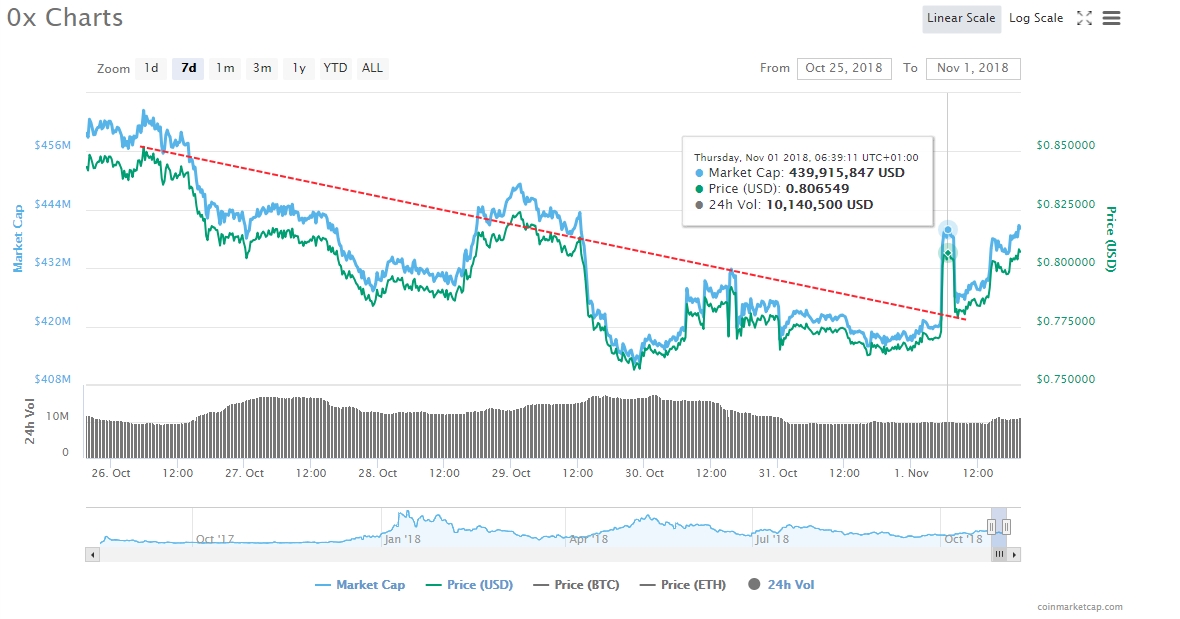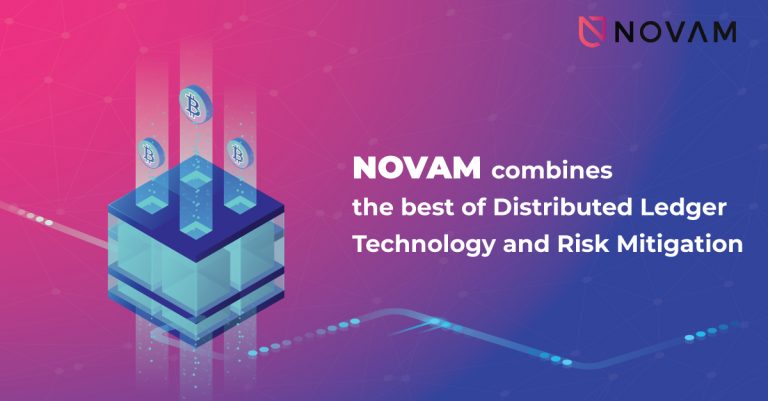2018-11-3 10:06 |
During the last two years, cryptocurrencies have grown to become quite a large and well-known trend. They rose from being an unknown, background technology to the most talked-about aspect of both, tech and financial world. However, it is not enough to simply know that they exist and how they can be traded.
To truly understand cryptocurrencies and be able to make proper investment options, we need to go deeper and understand the technology that allowed them to exist in the first place. This is, of course, blockchain technology.
The Importance Of blockchain technologyThe first thing to understand about blockchain is that this technology holds much more potential than simply being a building block for the crypto industry. While this was its original purpose 10 years ago, it has grown to become a lot more than that in recent years.
It now has numerous real-life use cases, it allows the creation of new projects, and it is likely the technology that will define our lives in the future. This is due to the fact that blockchain serves as a type of database. However, it is different than regular databases due to several factors.
For example, it is decentralized, which means that it has no central authority. It also allows users to claim ownership of the data they record on the blockchain. Not only that, but it is also consistent, which means that data that is being recorded cannot be in conflict with the data that is already there. This prevents data manipulation, deleting information, and alike, which makes blockchain perfect for storing data such as identification documents, and other important info.
At this point, it becomes obvious that supporting cryptocurrencies is not all that blockchain has to offer. Instead, Bitcoin and its altcoins are only the first of near-infinite amount of use cases that blockchain has to offer.
Some countries that did not share the initial (and in some cases: current) skepticism toward cryptocurrencies started researching blockchains a long time ago. This has allowed them to already gain some valuable insight into this technology, and start using it for storing medical records, making plans to use it for voting, and even make property agreements that would be recorded on top of it.
In a way, blockchain's ultimate purpose is to allow different parties to trust one another, as data stored on the blockchain can easily be considered as something set in stone.
What Does The Blockchain Consist Of?One thing to understand is that blockchain is quite complex technology. It is not a coincidence that it has been studied for years, and yet researchers claim that they have barely scratched the surface of this tech's true potential. As such, it consists of numerous components. These include:
LedgerA historical record which is immutable and distributed, and it is supposed to allow blockchain to record everything that is happening in a chronological order.
Peer NetworkThis component allows blockchain to store, update, and maintain its ledger. Every node that the network consists of contains its own copy of the ledger, and the network's job is to come to a consensus before any changes to the ledger are changed. That way, each copy of the ledger will remain identical.
Membership ServicesAll members of the public blockchain have equal power, rights, and authority. Anyone can join at any time and become a recognized participant of the network. Private, or permissioned ledgers require new users to be authorized to join, and this is mostly reserved for businesses that use blockchain for private communication.
Smart ContractsSmart contracts are a type of program that is run on top of the blockchain. They are the aspect that allowed blockchain to step away for being simply a foundation for using cryptocurrencies.
WalletsWallets are pieces of software that can store users' credentials and allow them to track and manage digital assets.
EventsThis includes notifications of various updates and other actions that are performed on the blockchain. Everything that happens is updated by events. Some examples include making new transactions, adding new blocks to the chain, or providing notifications from smart contracts.
System ManagementThis aspect includes things like monitoring, modifying, and creating new components. Due to its very design, blockchain is expected to be a lasting system. However, there is still room for it to evolve and change according to need.
System IntegrationThis is an aspect of blockchain that allows it to integrate with external systems. It was deemed necessary as blockchain evolved, and its functionality grew. In most cases, integration with external systems is done via smart contracts, but system integration remains an acknowledged capability of blockchain technology.
Data StructureBlockchain data is composed of two largest dimensions that are usually associated with performance and scalability. Those are Data Storage and Data Processing.
Data storage can be understood by remembering how traditional databases work. Blockchains provide immutable, distributed storage that comes with integrity checking already built into it. However, it still has a maximum capacity for each block, which depends on its size and rate. For efficiency purposes, it is not uncommon to store the actual data off-chain, while the data's hash is the only information that is actually stored on the chain itself. That way, data is still protected, while the blockchain doesn't get over-encumbered.
As for Data Processing, this is often represented by some type of an external system that does the additional processing. Smart contracts that are executed on the blockchain are usually processes that demand the most processing power. For this reason, external devices are used for providing this power and fueling the execution of various contracts.
Blockchain HierarchyWhile blockchain is decentralized and there is no single authority that is “in control”, there are still different types of actors, or agents, that have their own functions on the chain. Some of them work on development, others are in charge of implementation, but they all work as parts of a greater system that is blockchain.
– The Architect is the person (or group) that is responsible for designing the structure of the blockchain.
– Operator, or administrator, stores, maintains and updates the ledger.
– Developers are in charge of creating smart contracts. They design them and upload them, and by doing that, they expand its capabilities.
– Trustees, or regulators, are people that have greater visibility into the ledger. They are an essential part of the ecosystem since many blockchain-based businesses have to operate under different regulations regarding how their data is stored and processed.
– Users are the last type of agents on the blockchain, and they represent consumers of its services. Usually, this involves using the software that was created on the blockchain, and not interacting with the blockchain itself.
Blockchain As A Triple-Entry Bookkeeping SystemOne of the main reasons why blockchain can revolutionize nearly every industry in the near future is its ability to serve as a triple-entry bookkeeping system that can work on a global scale.
It is an improvement to the double-entry systems, and all accounting-related entries that involved outside parties were sealed cryptographically by a third entry. Sellers can book a debit to account for the cash that they have received, and buyers can do the same for the cash that they spent during the same transaction. However, all of this is being stored in separate sets of records.
Blockchain has the ability to make these entries occur in the same ledger, instead of them occurring separately in different sets of books. On the blockchain, it all comes down to making such transaction occur in form of transfer between different wallet addresses. The entries remain distributed, as well as cryptographically sealed, which makes it impossible to destroy them or falsify them.
Five features of the triple-entry accounting include:
Tamper-proof records Double-entry + cryptography Distributed ledgers Digitally signed receipts Validation, security, and privacyWhile the blockchain technology is still very far from reaching the full extent of its capabilities, it has already changed the world by offering a new way of conducting businesses. Researchers around the world are working on this technology at all times, trying to make it more efficient, simpler to use, and better in terms of security and transparency.
New organizations and businesses dedicated to blockchain are also appearing all the time, and the blockchain development is progressing faster than ever, while at the same time, it promises to change the world.
Similar to Notcoin - Blum - Airdrops In 2024
Advanced Technology Coin (ARC) íà Currencies.ru
|
|

























